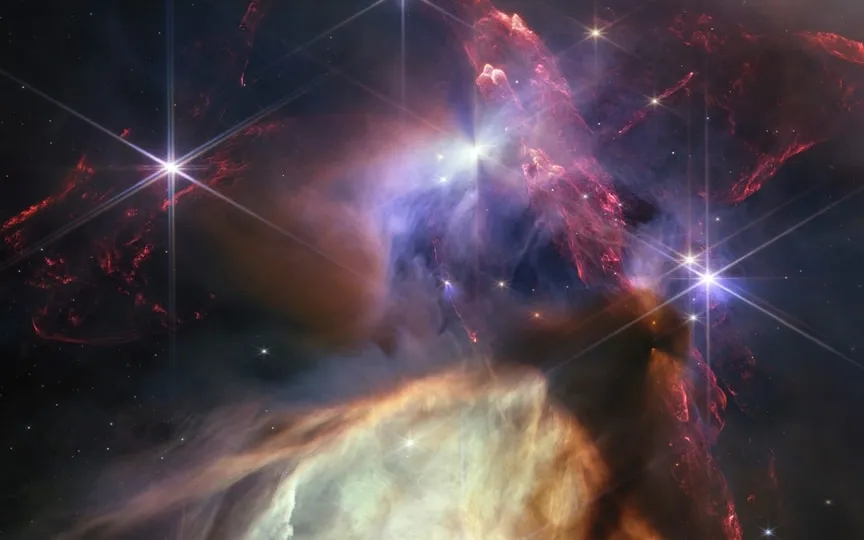James Webb Space Telescope Uncovers Possible Clues to Dark Matter in Dark Stars
Three luminous objects that could potentially be “dark stars” have been detected by the James Webb Space Telescope (JWST). These hypothetical objects are thought to derive their power from the annihilation of dark matter particles and have the potential to exceed the size and brightness of our sun.
First observations of dark stars
According to the official release, Katherine Freese, an astrophysicist at the University of Texas at Austin, expressed her excitement about the discovery, stating, “Finding a new type of star is fascinating in itself, but if we find that dark matter is fueling these stars, that would be groundbreaking,” according to the Interesting Engineering report.
Dark matter, the elusive substance that makes up about 25 percent of the universe, is challenging to detect because it does not interact with light. Confirmation of these dark stars can provide valuable insights.
Identifying Dark Star Candidates
The dark star candidates JADES-GS-z13-0, JADES-GS-z12-0, and JADES-GS-z11-0 were discovered by the Webb telescope in December 2022. They were originally classified as galaxies based on data analyzed by JWST. Spectroscopic observations by the Advanced Deep Extragalactic Survey (JADES) team, Webb, showed that these objects formed about 320 to 400 million years after the Big Bang. This makes them the oldest known examples of this type of object.
Freese added: “When we examine the James Webb data, we find two competing possibilities for these objects. They could be either dark stars or galaxies with millions of common population III stars, according to one theory. Surprisingly, a single dark star could emit as much light like a whole galaxy of stars.”
Massive and bright dark stars
These dark stars are thought to be exceptionally massive, with the potential to grow to several million times the mass of our Sun and shine up to ten billion times brighter than our Sun.
Researchers speculate that dark stars may be composed of a new type of elementary particle called weakly interacting massive particles (WIMPs). According to the study, these particles are destroyed in the collision, releasing heat into the collapsing hydrogen clouds, turning them into powerfully dark stars.
If the existence of these enigmatic dark stars is confirmed, it could shed light on the prevalence of massive galaxies in the early universe. Despite the fact that several colossal galaxies have been discovered in the early cosmos, the mechanism behind their accretion of stellar matter and their overabundance contradicts the expectations of the cosmological Standard Model.




